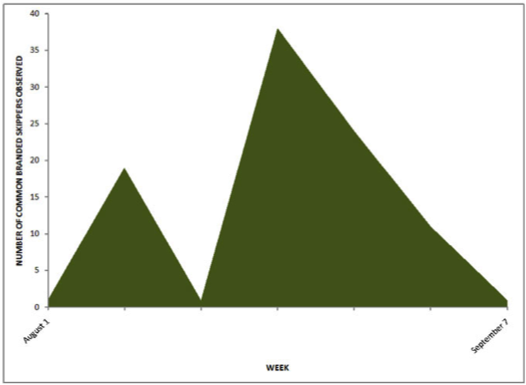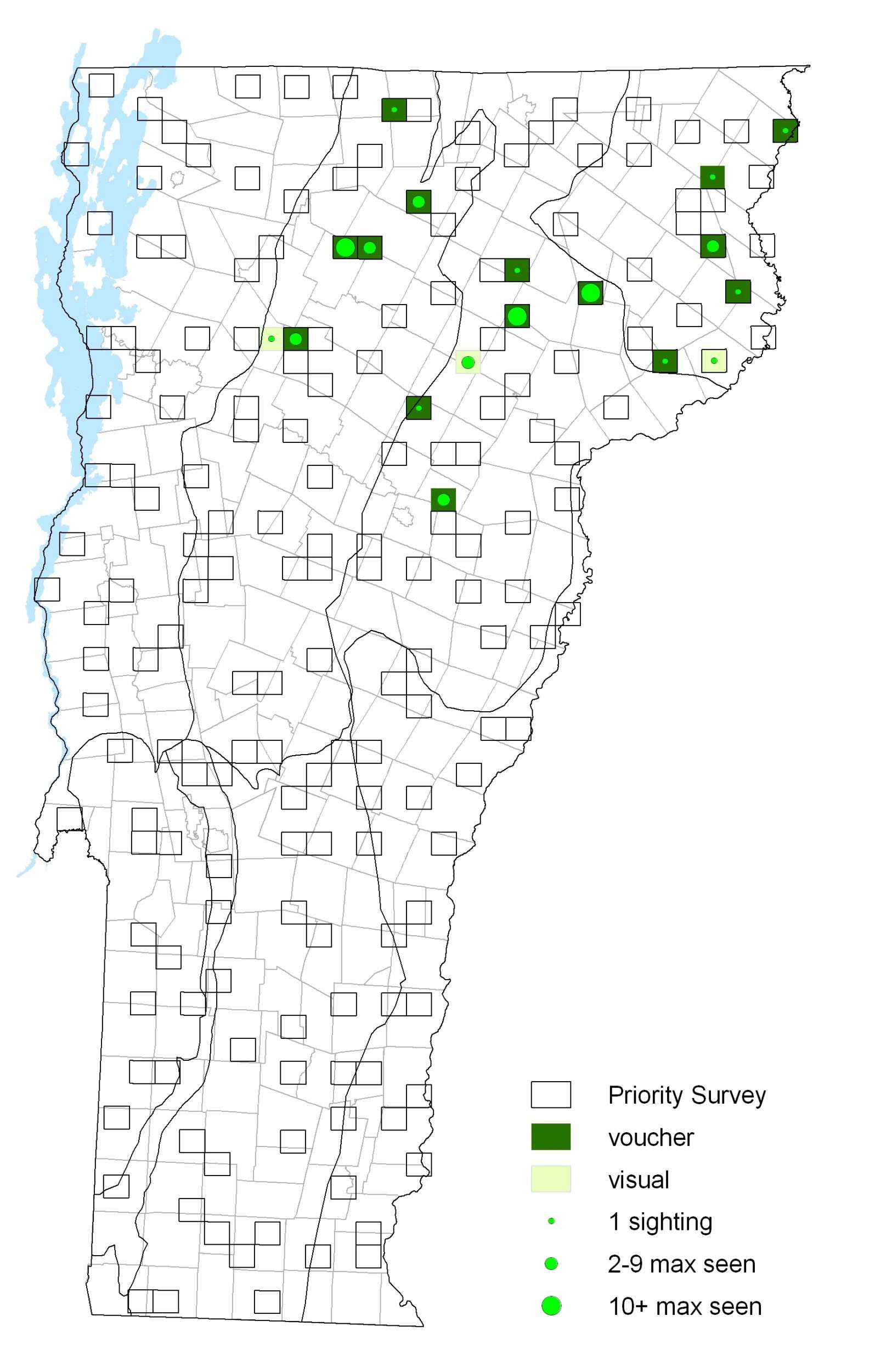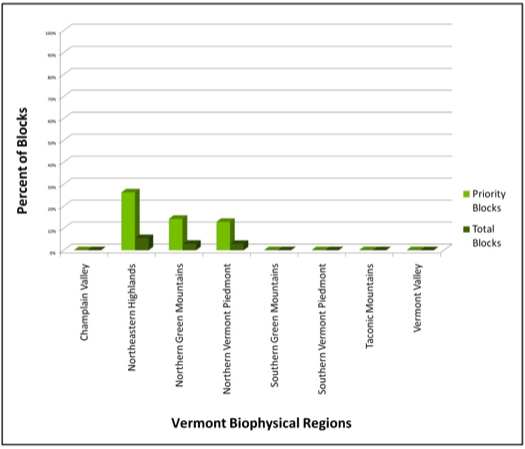|
Resident Conservation Status North American Range |
The only Hesperia not confined to North America, it is a highly variable species with several different races across its range. They are fast fliers and incredibly difficult to approach, often disappearing completely after being roused from their perch. To await receptive females, males perch near the hostplant or hilltop, usually with their wings closed. They use pheromones to attract mates. Females scatter eggs on or near the host; caterpillars eat leaves and live in nests of tied leaves. In the arctic, pupa or older caterpillars hibernate; elsewhere eggs overwinter.
Identification
Highly variable. Wings relatively short with rounded forewing tips. A northern form (H. c. laurentina) is dark above and below. Band on hindwing underside usually lustrous, spots separate, basal-most spot often set inward.
Flight
An extremely short and late flight period, like Leonard’s Skipper. They have one brood and fly from the very beginning of August until the first week of September. Extreme dates: 1 August 2007 in Glover (A. Aversa) and 7 September 2003 in Plainfield (B. Pfieffer).
Distribution and Habitat
The Common Branded Skipper was only found in the northeastern third of Vermont during VBS. They can be locally common, preferring sunny, open areas, usually near forest openings. Larval hostplants include various grasses such as Fescue (Festuca) and oat grasses (Arrhenatherum). Adults nectar from many flowers including asters (Aster), goldenrods (Oligoneuron), and Blazing Star (Liatris Gaertn).







